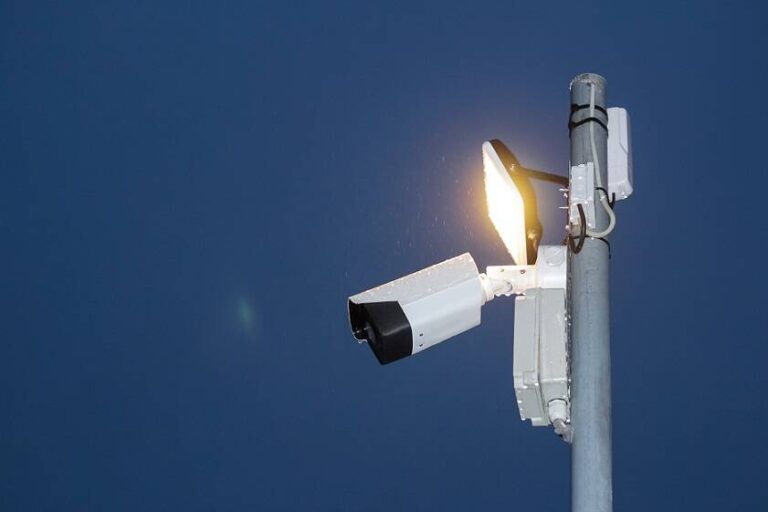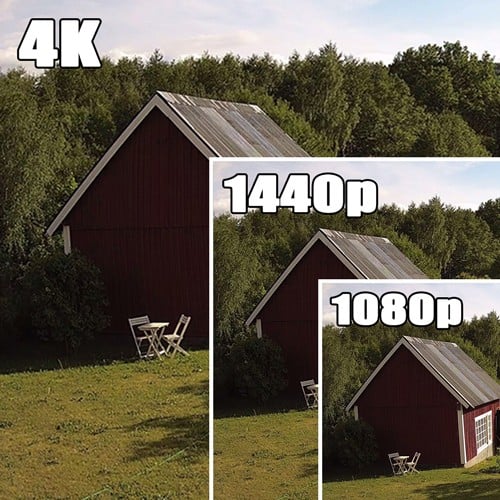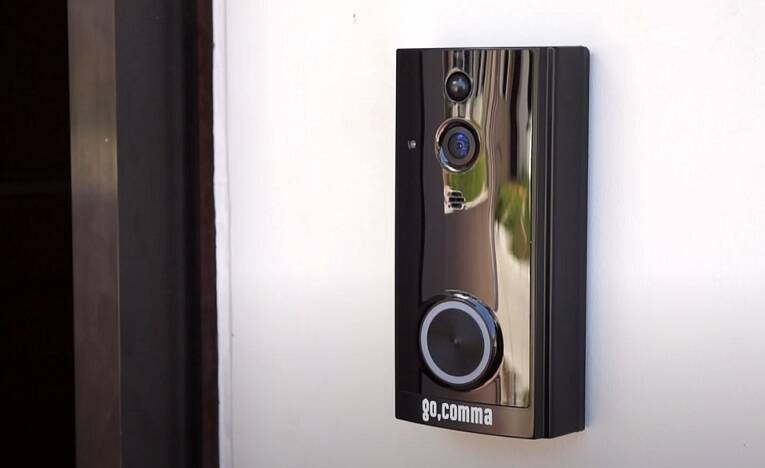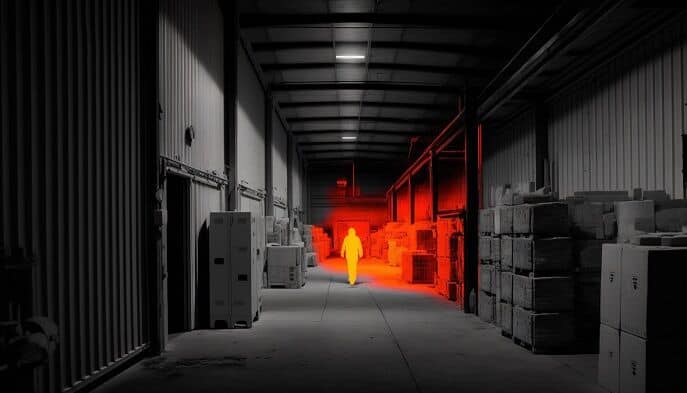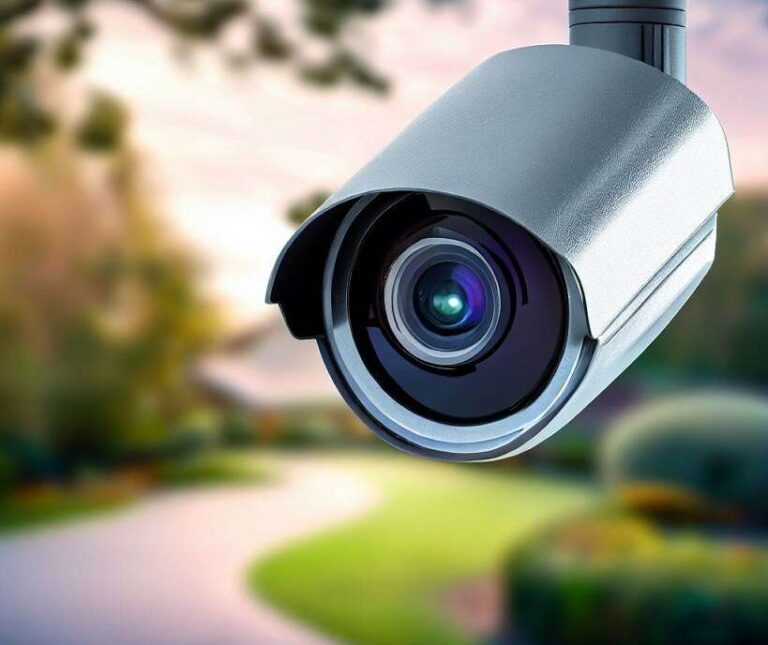IP Cameras: Why They Will Take Over Analog CCTV And Win The Future Of Surveillance
For several years now the popularity of IP based camera systems has been increasing as a result of the reduction in the cost of bandwidth.
They have also become popular because of improvements in compression technologies (most notably the developments in H.264) that have led to network bandwidth usage becoming more manageable, coinciding with wider adoption of high speed broadband and now fiber-based ‘superfast’ broadband in many countries in the world.
Many companies that require flexible, cost-effective surveillance solutions, are now preferring IP cameras over analog cameras due to the more advanced features of IP cameras, including remote accessibility, better scalability, ever growing processing power, continually improving video analytics, on-board storage capacity and imaging technologies.
Within CCTV (closed circuit television), the surveillance images are first captured and are then relayed as an uncompressed analog video signal over coaxial cable to the DVR (digital video recorder) where they are recorded.
In IP based camera systems the images are captured by the IP cameras and are converted to a digital signal which is then compressed and stored on the PC storage devices such as a hard drive or flash drive, by way of wired setup (CAT 5 network cables) or a wireless network, and as a result they help businesses save on the cost of installation since their existing network infrastructure can be repurposed for surveillance.
Why IP Cameras Are Better Than Analog CCTV Cameras
1. Resolution – A standard analog camera equates to about 0.4 megapixels, whereas a typical IP camera offers 2 megapixels, which is more than 5 times the resolution offered by analog cameras. As a result of the higher resolution offered by IP cameras, IP-based camera systems require fewer cameras than analog CCTV systems.
2. Image quality – The high resolution graphics recorded on IP cameras provide clear images. The clearer the image, the easier it is to discern people, objects, faces and other details filmed by the IP camera.
In IP based camera systems there isn’t any loss of quality in recording of images or reviewing recordings, since all the data is recorded digitally rather than being converted from analog to digital. In analog CCTV systems, there’s a decrease in the image quality the further the data has to travel.
3. System based on needs -Because IP cameras don’t require additional cables like analog cameras do, the network can be as large or as small as required. The network can be easily expanded and other systems can be added or integrated to it at any time without being forced to drastically change its infrastructure.
For example, in property or building management the IP cameras may be integrated with the security and alert systems and in a retail business they may be integrated with the point of sale system.
4. Limitless Scalability – IP based camera systems can start out small and then grow over time as the needs of the business or home increase. There’s no limit to the number of IP cameras and sites that can be added to the system. The capability to operate on network segments and multiple networks and distributed processing serve to eliminate the limitations on scalability.
In an analog CCTV system, a dedicated coaxial cable has to be directly connected to each camera and the recording /viewing station. This means that changing the infrastructure of the system and adding more cameras may be too complicated, expensive, and ultimately limit the unique security needs of your business or home.
5. Flexibility – In IP based camera systems the bandwidth can be controlled differently for each IP camera. For the recording of video the hard drive space can be shared by many systems. Any number of recordings per IP camera can also be done simultaneously, at several locations for redundancy purposes, offsite storage or even live video surveillance at the service providers.
6. Video management– All the data generated in IP based camera systems is recorded in a digital format, and as a result it’s easily accessible for playback. Any real time or recorded data can be quickly reviewed from any location. In a location where the amount of data being generated is too much to review, an intelligent system with analytic software can be used.
The intelligent system can be set to respond to pre-programmed commands such as event management, motion detection, audio detection and tampering alarms. All the data can then be recorded and organized in a way that is beneficial to the user, including by event type, camera, location or date.
7. Cost effective – IP based camera systems offer a more budget friendly solution due to them requiring little infrastructure for installation and use. Most businesses and homes already have some kind of network in place upon which they can install the IP cameras.
Regardless of the size of your network you can purchase the number of IP cameras that are needed or that fit your budget. The purchase monitors may not be necessary when installing an IP based camera system since the images can be viewed over the Internet from any computer.
IP based camera systems offer amazing features and capabilities that cannot be matched by any analog CCTV system. The adoption of IP based camera systems in some countries has been slow due to the legacy of analog CCTV systems.
Over the past few decades millions of analog CCTV systems were installed all over the world. An industry grew to install and maintain these CCTV systems, as a result there has been a reluctance to write off the heavy investment in analog CCTV systems.
However, due to the amazing benefits offered by IP cameras, IP based camera systems will certainly take over analog CCTV systems worldwide in the near future. This has already occurred in countries such as the Scandinavian countries where the legacy issues mentioned above do not exist.

